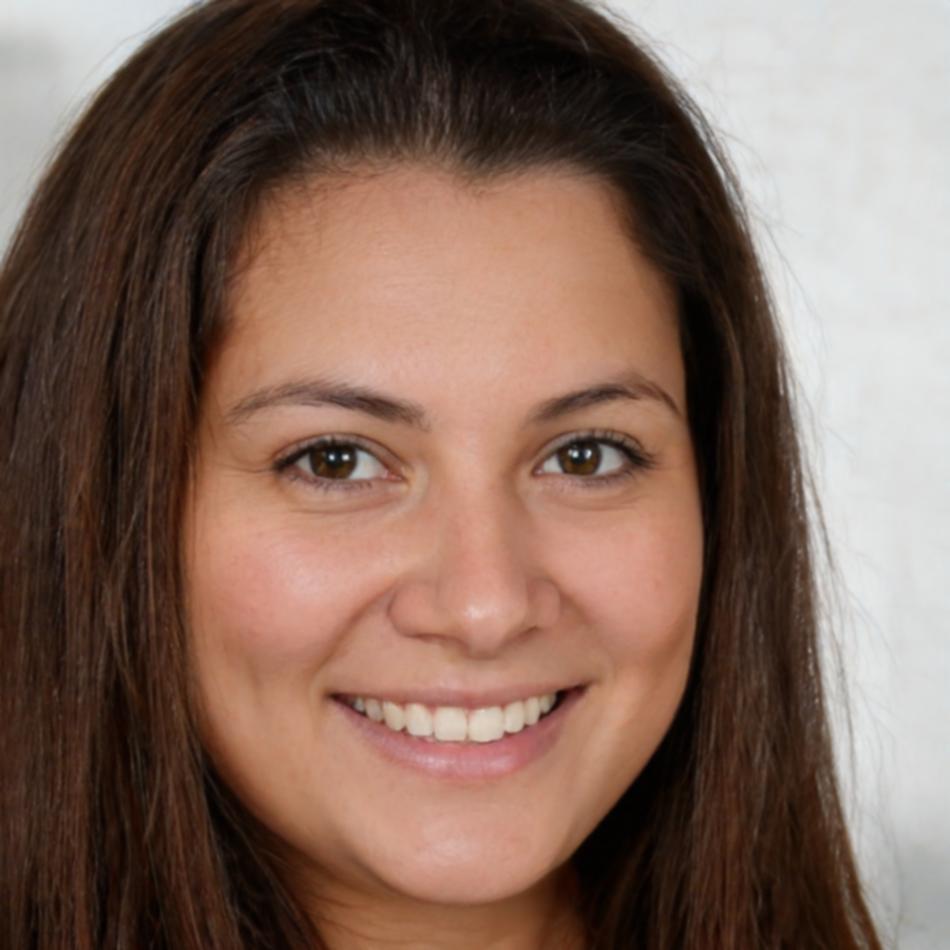Who You'll Learn From
Our instructors have spent years working with financial analysis software in corporate and consulting environments across Australia.

Callum Fitzroy
Senior Financial Systems Analyst
Spent twelve years implementing financial reporting systems for mid-sized companies in Melbourne. Knows the quirks of every major software platform and teaches practical workarounds you won't find in manuals.

Freya Lund
Financial Data Specialist
Background in treasury management and risk analysis at regional banks. Focuses on teaching data visualization and forecasting techniques that actually get used in decision-making meetings.

Saoirse Brennan
Corporate Finance Consultant
Works with businesses transitioning to new financial software platforms. Her sessions cover integration challenges, data migration, and managing the human side of technology adoption.

What the Program Covers
We've structured the curriculum around the tools and techniques you'll actually use. No filler content—just the capabilities that matter in Australian finance roles.
- Financial modeling with dynamic scenario analysis
- Advanced reporting automation and dashboard creation
- Data integration from multiple accounting systems
- Variance analysis and budget forecasting methods
- Regulatory compliance reporting for Australian standards
- Risk assessment and sensitivity testing frameworks
Sessions run weekly over six months, with recorded sessions available if you miss one. You'll complete four practical projects using realistic financial data from various industries.
Discuss Your Learning GoalsProgram Structure and Timeline
The six-month program follows a logical progression, building skills in layers so each concept supports the next.
Months 1–2: Software Fundamentals
Get comfortable with the interface and core functions. You'll work through basic reporting, data imports, and standard calculations. By the end of month two, you should be able to navigate confidently and produce accurate financial statements.
Months 3–4: Advanced Analysis Techniques
Build more complex models and learn automation methods. This phase covers forecasting, multi-dimensional analysis, and custom reporting. You'll start your first major project—creating a comprehensive financial dashboard for a simulated business.
Months 5–6: Integration and Application
Focus shifts to real-world challenges: connecting different data sources, handling incomplete information, and presenting findings to non-financial stakeholders. Your final project involves end-to-end analysis from raw data to executive summary.